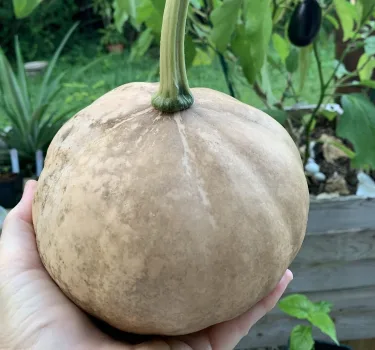Usually I use this first method for casting on. I used to use only one strand of the yarn in the loop until my knitting teacher said that using both makes a nicer edge. But to have a neater edge, try some of these other cast on methods. Some patterns will say to use a “tubular cast on” or something else….so it’s good to know how it should be done.
Basic Cast On
(The cable cast on is done like this except the needle goes under both strands when making the cast on. The cable cast on is the one I began with, but now I prefer the long-tail cast on method.)
Here I have two methods for doing a long-tail cast on. The yarn for that tail needs to be 3 1/2 times the width of whatever you are making. Make it long enough so you don’t run out!
The first two videos are by Purl Soho, and they get straight to the point.
Long Tail Cast On, Using Thumb
Long tail, Sling-shot Method
This is the one I use now.
Long Tail Tubular Cast-On
Use when a stretchy, nice looking edge is needed. It takes a couple of “set up” rows after the first cast on row.
This could take me a while to learn. So glad they made this video which is easy to follow.
Provisional Cast On
This type of cast on is used to create a “live” row of stitches (made with scrap yarn) which holds the place until the row can be knit together with another section of the project.
The video below tells why you would use this type of cast on and is easy to follow.
German Twisted, or Old Norwegian Cast On
This one is tricky, but is supposedly great for hats, socks, and where stretchy edges are needed.
For a list of helpful directions and more tutorials, search YouTube (good luck because so many videos are long and drawn out), or visit the Purl Soho Knitting Tutorials page.




4 thoughts on “Methods for Casting On When Knitting”